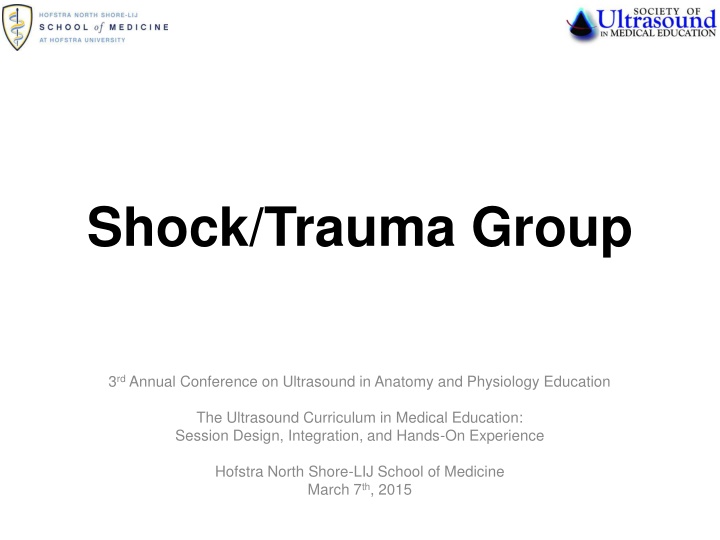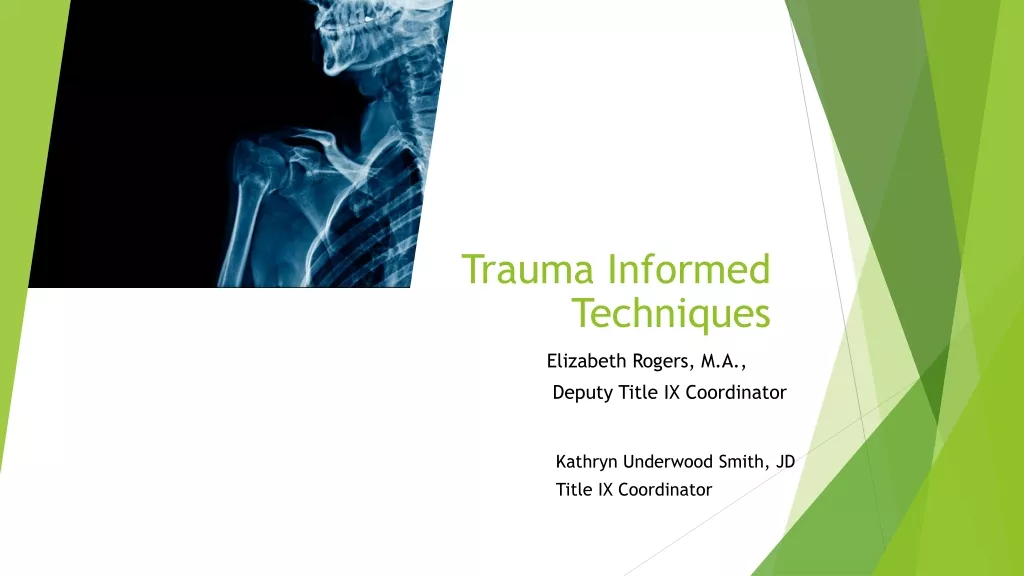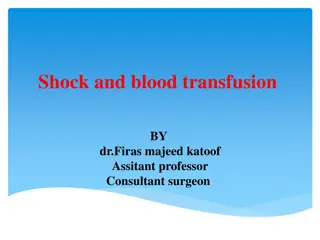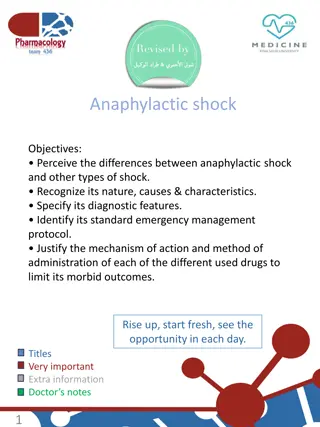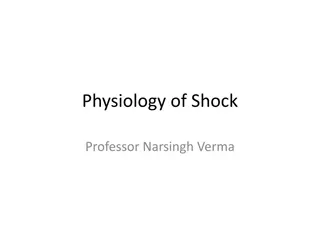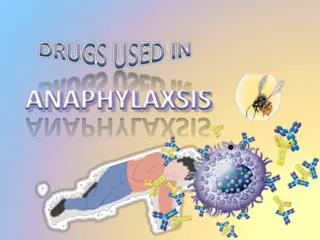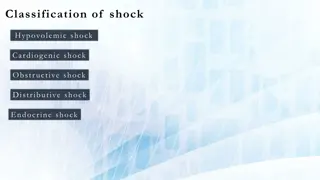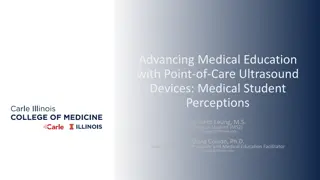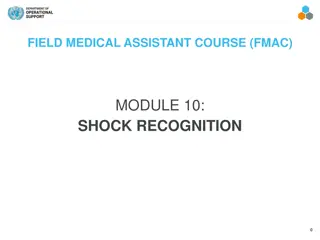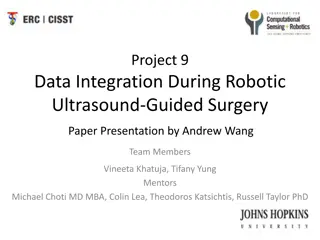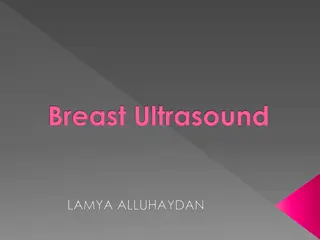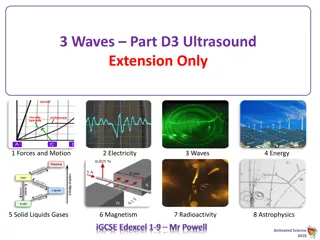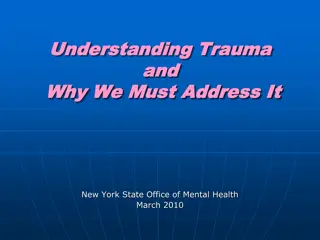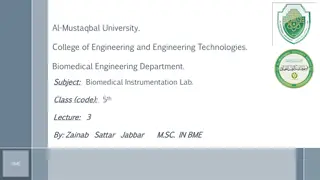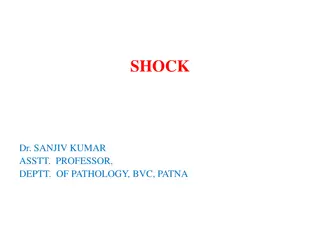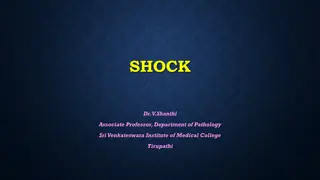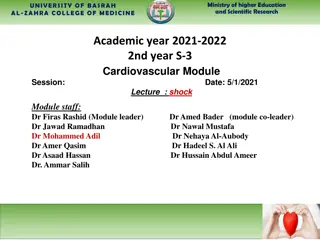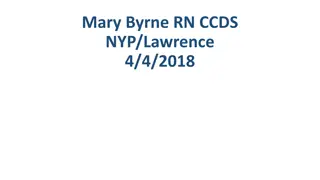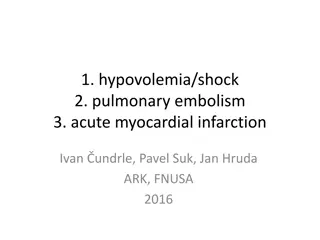Ultrasound Curriculum in Medical Education: Shock/Trauma Group Conference 2015
Development of a longitudinal ultrasound module focusing on the pathophysiology of shock for educational purposes, aiming to enhance knowledge and skills in the evaluation and management of shock patients. The curriculum includes learning objectives covering shock classifications, differential diagnoses, ultrasound techniques, and interpersonal communication skills. Participants engage in hands-on sessions to practice ultrasound applications in evaluating various aspects of shock presentations.
Download Presentation

Please find below an Image/Link to download the presentation.
The content on the website is provided AS IS for your information and personal use only. It may not be sold, licensed, or shared on other websites without obtaining consent from the author.If you encounter any issues during the download, it is possible that the publisher has removed the file from their server.
You are allowed to download the files provided on this website for personal or commercial use, subject to the condition that they are used lawfully. All files are the property of their respective owners.
The content on the website is provided AS IS for your information and personal use only. It may not be sold, licensed, or shared on other websites without obtaining consent from the author.
E N D
Presentation Transcript
Shock/Trauma Group 3rdAnnual Conference on Ultrasound in Anatomy and Physiology Education The Ultrasound Curriculum in Medical Education: Session Design, Integration, and Hands-On Experience Hofstra North Shore-LIJ School of Medicine March 7th, 2015
Group Members Lisa Campeau, MD James Efiong, MD Hector Noblega, PhD Ana Oliveira, MD, PhD Joel Rand, PA-C
Goal Develop a longitudinal ultrasound module based on the pathophysiology of shock for use in multiple educational courses, which could also be used as a template for other disease processes.
Learning Objectives (Knowledge) Identify the presentation of patients with shock. Discuss the classifications of shock, their criteria, and the physiologic changes that occur with each type. Compose a differential diagnosis for various shock presentations. Discuss additional tests to support the diagnosis of shock. Discuss other modalities that could be used to evaluate the patient presenting with shock. Describe accuracy/reliability & risks/benefits of various tests used in the evaluation of shock. Identify indications/limitations for ultrasound in the patient presenting with shock. Discuss relevant anatomy that you will find on the studies.
Learning Objectives (Behavioral) Discuss appropriate interpersonal communication skills when interacting with the patient during ultrasound examinations. Communicate appropriately with patients, family & friends regarding ultrasound findings.
Learning Objectives (Skills***) Demonstrate ability to perform E-FAST. (10 exams) Demonstrate ability to utilize ultrasound for vascular access. (10 exams) Demonstrate ability to assess bilateral chamber function with ultrasound. (25 exams) Demonstrate ability to assess pulmonary edema, pleural effusion, PTX. (10 exams) Demonstrate ability to assess volume status evaluating the IVC using ultrasound. (10 exams) Demonstrate ability to assess for lower extremity DVT. (10 exams) ***Exams can be conducted on simulators, SPs, or colleagues
Learning Objectives (Knowledge) Identify relevant structures & interpret findings on ultrasound images. Correlate ultrasound findings with vitals & physical exam. Compare and contrast ultrasound results with other diagnostic modalities. Discuss the management of the various types of shock and the rationale for clinical decision making based on ultrasound findings.
Resource Requirements Faculty expertise and faculty development Student-Faculty ratio = 3-4:1 Educational Media Equipment Needs machines, probes, gel, towels, tables, cleaning supplies, machine services, simulators, A/V equipment, image archiving, standardized patients
Assessment Use of formative pre-testing to assess student preparedness Summative assessment should follow for each skill after completion of the requisite number of exams has been performed (e.g., simulator, SP, colleagues) Use of simulators with abnormal findings in the summative evaluation of interpretation and clinical decision making skills Students should assemble a portfolio that has been summatively assessed by faculty to enhance their residency applications
